Meet the ‘Little City’ in Virginia That’s America’s Healthiest Community
Education and walkability help the D.C. suburb of Falls Church rise to No. 1 in U.S. News 2024 Healthiest Communities rankings.
FALLS CHURCH, Virginia — The midday scene at Rare Bird Coffee Roasters in Falls Church on a summer Thursday is bustling. There’s a line of people waiting to buy coffee, tea, or a baked good. Young professionals sit in front of their laptops with headphones on, while other patrons are grouped at tables, deep in conversation. Workout wear and business attire alike are easily spotted.
It’s perhaps a microcosm of the type of active, engaged community that lives in Northern Virginia’s aptly nicknamed “Little City,” which is less than 10 miles from Washington, D.C., and only about 2 square miles in size. Falls Church’s friendly people and the various ways the city provides its citizens opportunities to live a well-rounded life are at least part of what makes one resident, Andrew Olesen, happy he relocated his family there from the nation’s capital in 2020.
“In a way that’s not practical in many places in Northern Virginia or even in big cities, I’ve run into a lot of neighbors that I’ve met through the course of that journey – at coffee shops, or restaurants, the farmers market,” says Olesen, 39, who’s the founder of Bike Falls Church, a community organization that advocates for safer streets and better bike infrastructure in the city. “The community feeling has exceeded expectations.”
Those expectations now may grow, with Falls Church rising to No. 1 in the 2024 Healthiest Communities rankings by U.S. News, unseating the reigning three-peat winner, Los Alamos County, New Mexico. The latest edition of the project, released Tuesday, assessed close to 3,000 counties and county equivalents nationwide across more than 90 metrics, exploring the important role location plays in the health and well-being of America’s more than 330 million residents.
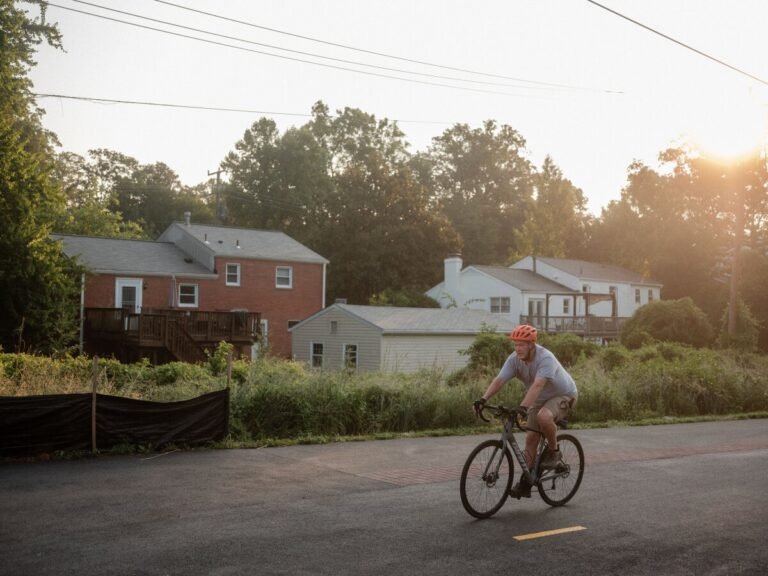

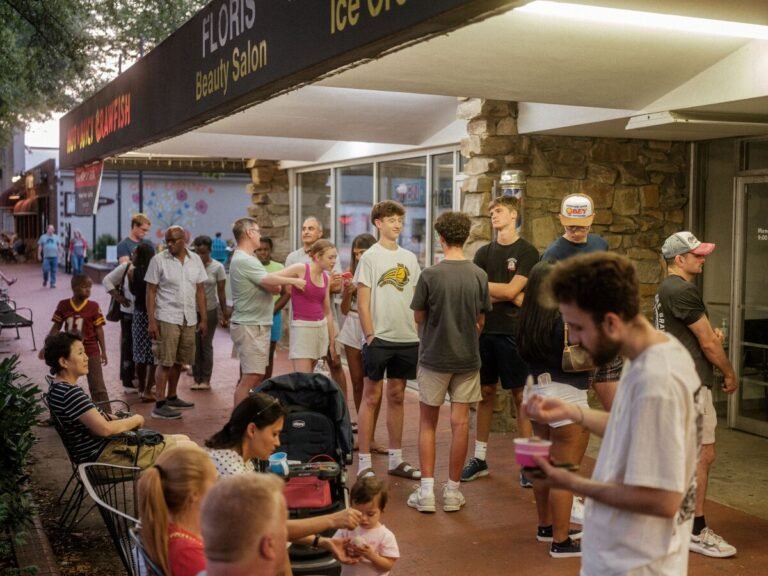

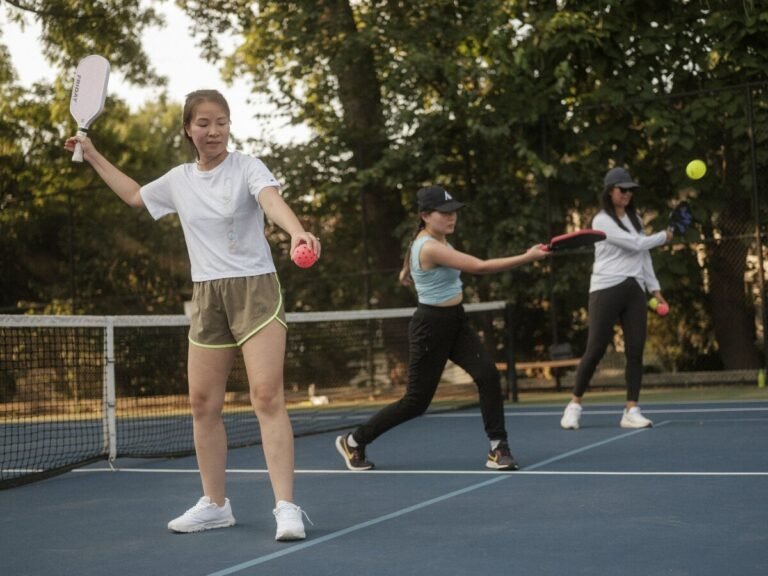
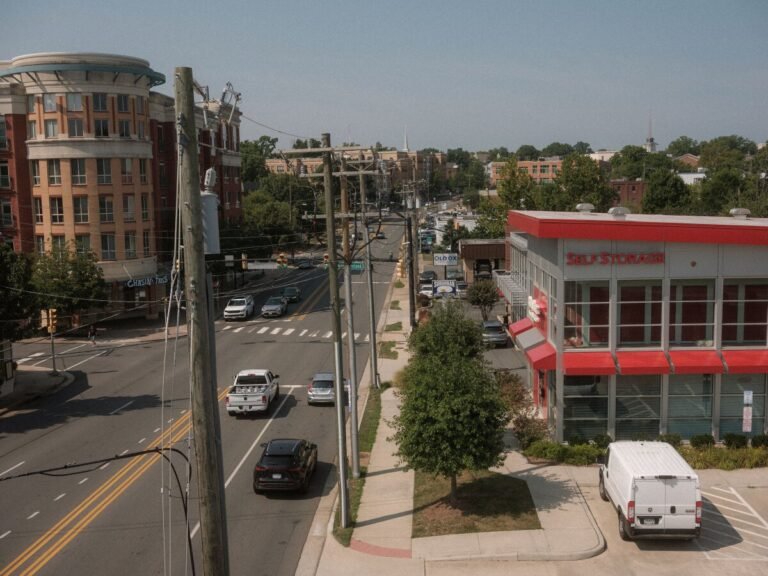
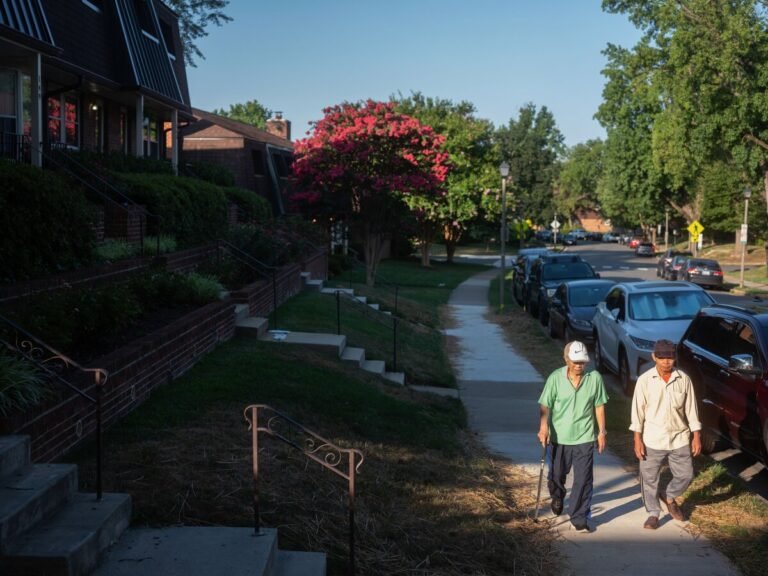

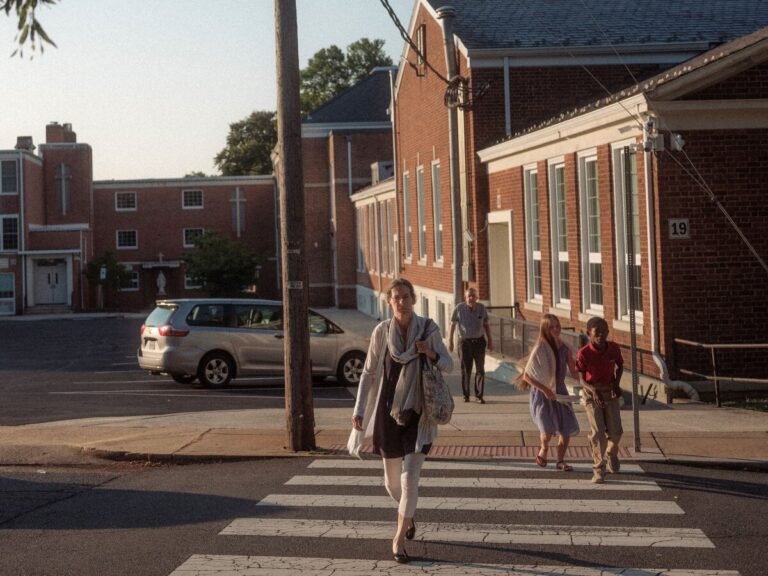
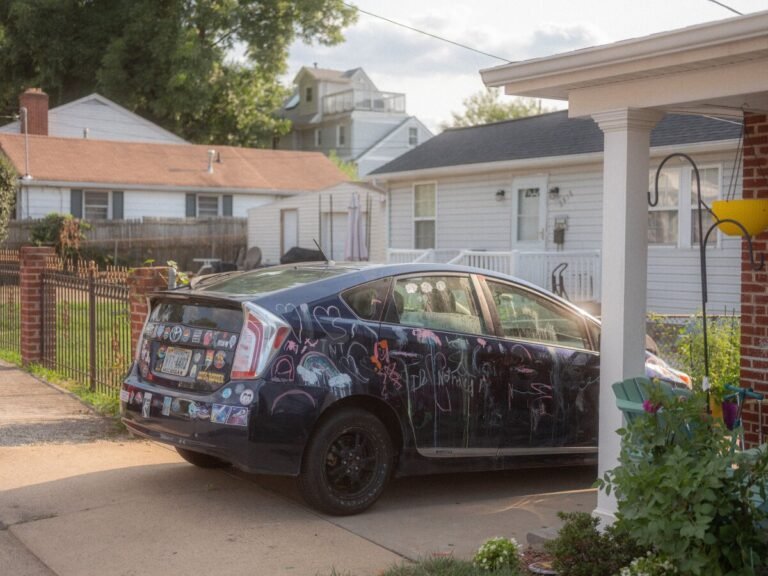

Metrics like a community’s median household income, the share of its population in proximity to a park and its high school graduation rate are grouped into 10 categories ranging from community vitality and equity to housing and the environment. Communities are scored on a 100-point scale tied to how they perform relative to one another, and the top 500 receive an overall ranking based on their performance.
Within the 10 categories, Falls Church ranked among the nation’s top 20 communities in half – education (No. 1), population health (No. 4), economy (No. 6), food and nutrition (No. 14), and infrastructure (No. 16). The city – which is considered a county equivalent by the U.S. Census Bureau – was also No. 33 in public safety.

Residents and officials who spoke with U.S. News were not surprised that Falls Church rose above the rest, and to be sure, the community has been here before: The city was also No. 1 in the inaugural edition of Healthiest Communities in 2018. Still, locals point to several characteristics that make Falls Church a healthy community in a broad sense, including its walkability and strong education system.
The data bears this out: Among all communities assessed in the rankings, Falls Church posted the highest walkability index score – a measure included in the infrastructure category – and rates among the nation’s best on a similar measure reflecting the share of its population living close to a destination like a library, museum or playground. The community also performs strongly in several education metrics, with a 93% preschool enrollment rate and 97% high school graduation rate, and with more than 8 in 10 residents possessing at least an associate degree.
“We have that small-town feel, but also a big-city vibe as far as offerings,” says Dana Jones, a Falls Church employee for 18 years and its current human services director. “And you can walk to all of it.”
Mary Catherine Chase, the city’s director of communications, adds that while it might sound “hokey,” Falls Church provides “something for everyone,” to the point where residents really “don’t have to leave.”
The options are indeed varied. Despite Falls Church’s small square mileage, there are scores of nearby restaurants and coffee shops, several healthcare facilities, a popular farmers market, more than a dozen parks, and several grocery stores, with new ones on the way. Notably, Healthiest Communities data shows all of Falls Church’s population lives within a half-mile of a park.
“It’s got kind of a low-key vibe, relative to all the other places in the (Capital) Beltway,” says Olivia Jeffers, who has lived in Falls Church for three years and runs the city’s Karma Yoga studio. “It’s cute. It’s green.”
Jeffers, 33, notes the large number of fitness centers like hers in “The Little City” – perhaps reflective of the fact that a low share of adults there report not participating in leisure-time physical activity, a metric in the population health category of Healthiest Communities. There are also access points to the Washington and Old Dominion Trail, which runs 45 miles between the Shirlington area of Arlington County, Virginia, and the town of Purcellville. The trail is frequented by runners, walkers, and cyclists like Bruce Cabarle, a 65-year-old retiree who lives in Alexandria, Virginia, but has owned property in Falls Church since 1991 and still visits often.
Cabarle, clad in cycling gear when he spoke with U.S. News in the Rare Bird coffee shop, says when it comes to “just about every standard of community well-being,” Falls Church has been “on top for a long time.”
The city’s emphasis on fitness comes, in part, from the top. Jones and Chase note that Falls Church Mayor Letty Hardi is frequently seen being active around the city and has even held walking office hours. Hardi also has participated in the annual Mayors’ Fitness Challenge, a competition between Falls Church and nearby Fairfax City and Vienna that pits residents against each other in logging exercise time.
“Obviously it’s an affluent area, so that helps a lot,” says Olesen, of Bike Falls Church. “We’ve got people who care a lot about health.”

Cabarle similarly notes the importance of ZIP code as a social determinant of health, and plenty of research points to a link between higher income and better health. Falls Church is certainly healthy – and wealthy – from this perspective: The city ranks No. 3 among counties and equivalents on median household income, at close to $148,000, and has a poverty rate close to 2%, according to Healthiest Communities data.
Yet while those marks help Falls Church perform well in the overall economy category, it struggles more in the equity category, with metrics indicating notable racial/ethnic disparities in poverty, educational attainment, and babies born at low birth weight.
Falls Church also scores comparatively worse in the housing category than in other areas – posting a homeownership rate of only about 56% – and Jeffers, the yoga studio owner, notes because of how expensive housing has gotten in the city, it’s difficult for her and others to live near their place of work. For its part, the city has more affordable housing units on the way – including 99 opening in the next three months, according to Jones, who says her office serves “mostly” lower-income residents.
Housing in Falls Church, Virginia
Communities are scored on a 100-point scale tied to how they perform relative to one another, and the top 500 receive an overall Healthiest Communities ranking based on their performance. See Falls Church’s performance on metrics in the Housing category below, compared with other Virginia counties and indicated by a red dot

Meanwhile, though the city already performs well on a metric assessing vehicle crash fatalities, Olesen says he is working through Bike Falls Church to make the city’s streets safer for people like his young daughter. Chase, Falls Church’s communications director, adds that the city is making an effort to expand sidewalks and “continue to decrease the use of cars” there.
At the same time, Jeffers worries about what could be lost in Falls Church. She notes how rapidly the city is developing and how that could lead to fewer “third places” like Rare Bird, where people can gather and talk to each other. Though small, the city also has a reputation for being welcoming to others, such as Afghan and Ukrainian refugee arrivals in recent years.
Falls Church, like every community across the country, can do even more for its people – newcomers and long-time residents alike.
“There’s a lot of untapped potential,” Olesen says, “to basically be an even healthier community.”
Related posts:
- Chicken culling, disposal raise concern as bird flu spreads
- Todays Headlines Dengue reaches historic levels in the Americas and closer to home
- Is COVID still worth worrying about? It depends on your situation. Are you planning a family wedding or vacation? If you’re over 65 or immunocompromised, you’re at higher risk.
- Six in 10 U.S. Adults Say They Walk for Leisure, Exercise
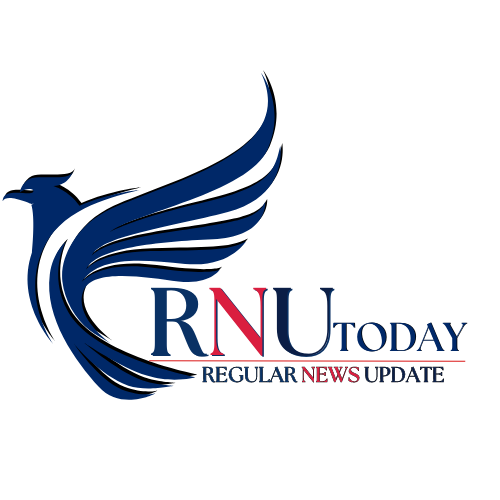

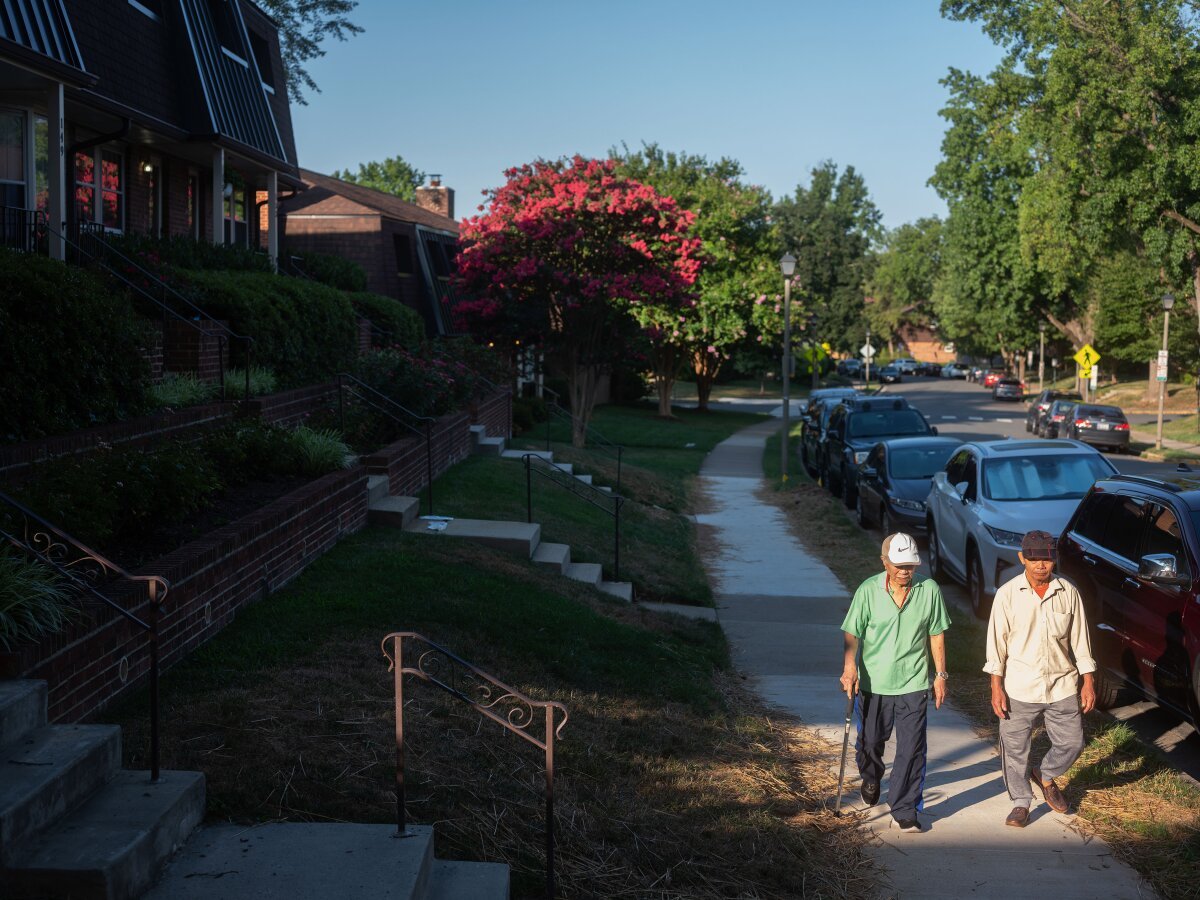

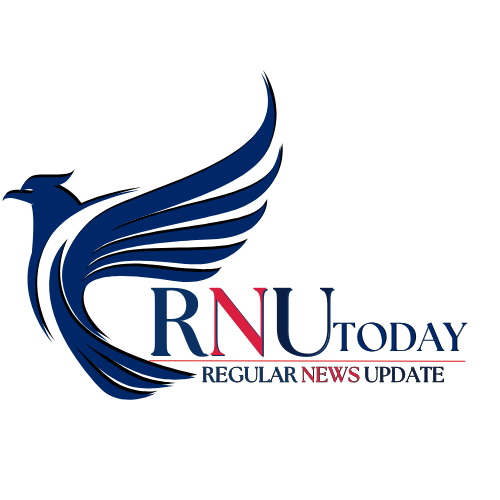



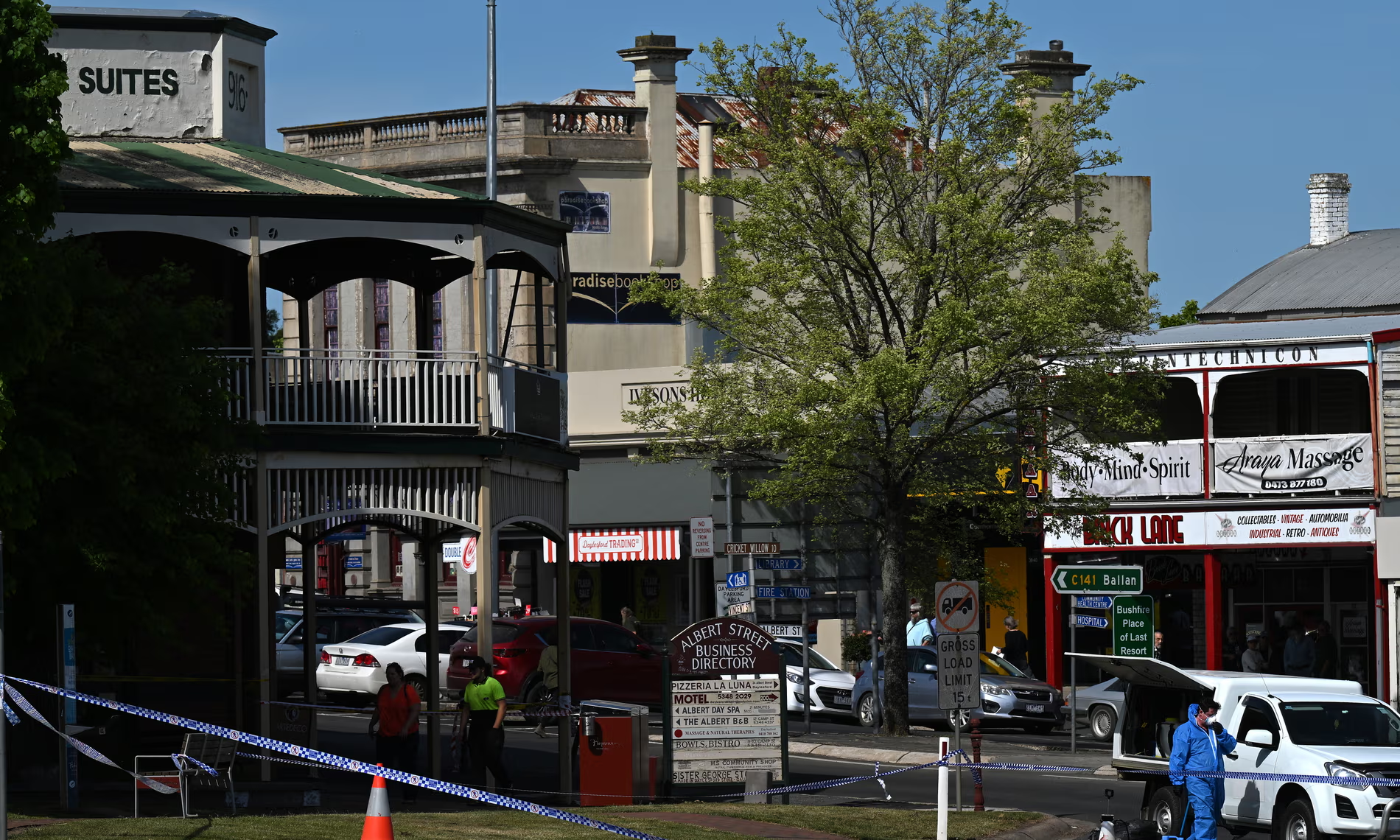

Leave a Reply